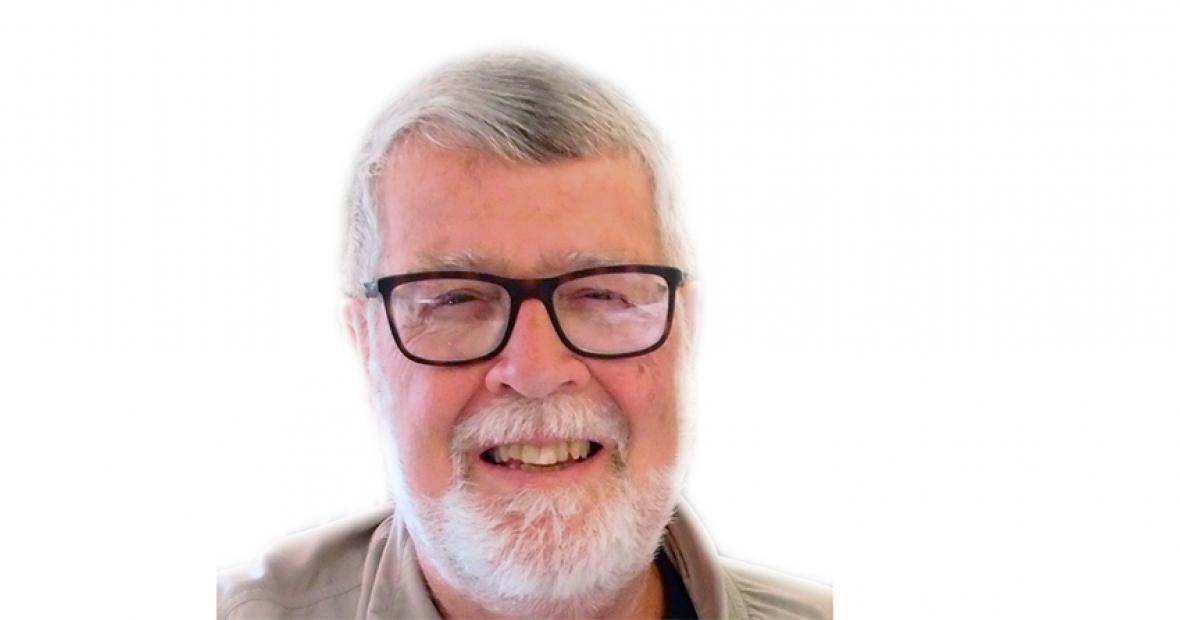Post-Polio Challenges Lie Ahead
Childhood experience with polio fuels interest in post-polio syndrome
Ron Goodenow ’63
As a 12-year-old polio victim in the early 1950s, I faced isolation, closed school doors, and bullying, including a common use of the circular motions recently used by the now president of the United States against a partially disabled writer.
But there were good things. Friends gathered at my bedroom window after school. My school principal took me to shoot baskets on the school playground many weekends. A home-school teacher got me into loving history. Friends literally protected me from physical bullying. I had wonderful rehab personnel and stunned parents and family who did all they could to lovingly support me.
My worst moment came in the hospital isolation ward. A girl my age was in the iron lung in the room across the hall. She and I would exchange waves, smiles, and the comic books nurses would read to her. Early one morning I could not hear her iron lung clattering away in depressing rhythm. Our nurse came in and said, “Bonnie is gone, Ron. She died at 3 a.m. I’m sure you made her last days pleasant.” After going home, I thought I would be done with polio.
Let’s leap forward to 2015. One of the residents of my late mom’s nursing home is exactly my age and had been a teacher and coach in the Worcester, Mass., schools. Bob is a big strapping guy hardly able to move his wheelchair. When I asked him why he was there, he said, “Post-polio syndrome. When I got it in my late fifties and started to go downhill, my wife couldn’t be of much help. Soon I had to be here. How did you escape?”
Given research on the subject, my only explanation could be luck. My doctor tells me I have outlived normal startup points — further proof there are some advantages to being older. So many of us do not take advantage of the health care available to us, avoiding preventive care and necessary treatments for “hidden” conditions. I was reminded further of this when I recently talked to a polio victim. She had never heard of post-polio syndrome and had no symptoms.
Post-polio syndrome (PPS) is a relatively common condition that affects polio survivors years or decades after recovery from an initial acute polio virus attack. It’s characterized mainly by new and unexpected weakening both in muscles that were previously affected by the polio infection and in others that seemingly were unaffected — a condition that cannot be reversed as effects inevitably worsen.
In my case it would mean that though I had total paralysis in a lower leg as a child with polio, 40 years later I could lose the use of upper-body functions — arm and shoulder weakness often being the first signs of PPS along with fatigue, sleeplessness, and new breathing problems. Evidence suggests that many doctors do not know about PPS. None of my doctors have ever raised the issue with me. Like so many health conditions, this is one requires self-maintenance and, for victims, support nets.
The numbers are huge. There has been a major decline in polio cases, from an estimated 350,000 cases per year in the late 1980s to 74 reported cases in 2015. But the World Health Association reports that there are 12 million people who live with the effects of polio, 1 million of them being in the United States. Data I’ve seen suggests between 20 percent and 50 percent of these victims will suffer from PPS, a large number of people who will need help.
Millions of people worldwide may be PPS victims, often in the prime of life, and often in addition to lifetime paralysis. Bottom line: If you had polio, there is a substantial chance you will have PPS and need to prepare yourself and your family.
Here are some pertinent resources: survivorsofpolio.com and Mayo Clinic’s post-polio syndrome site: mayocl.in/2qfCOzn.

